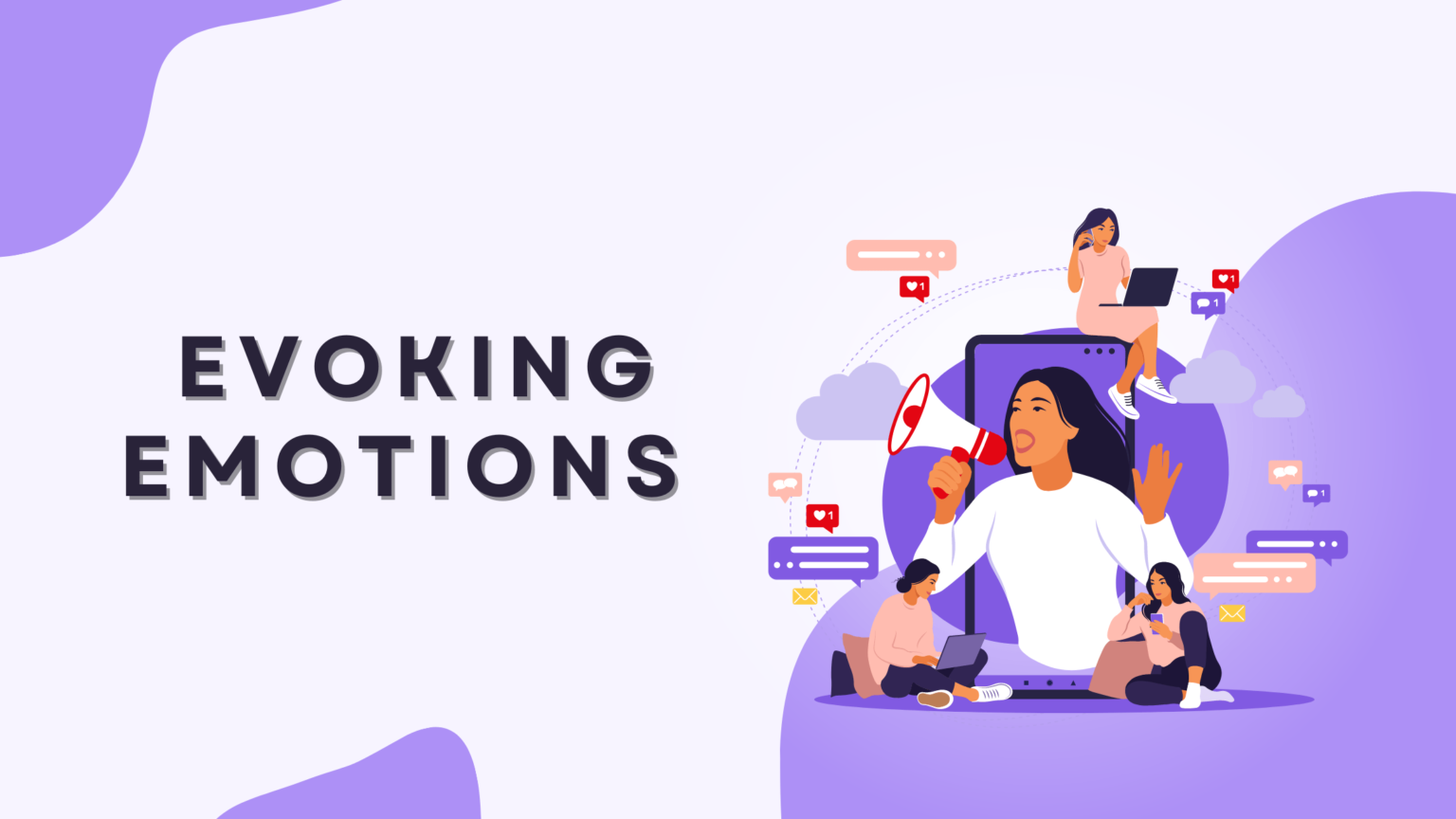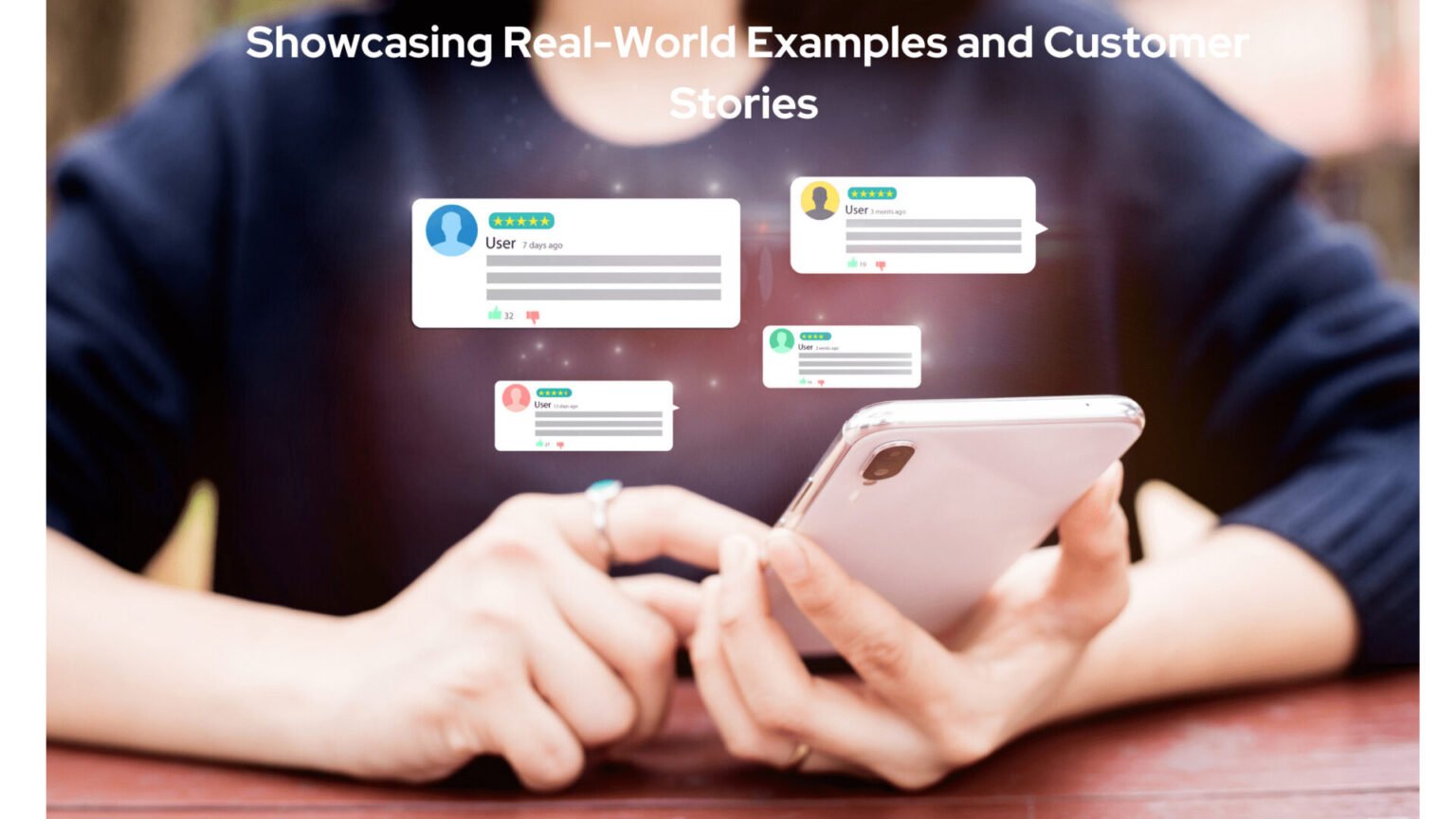
In today’s competitive digital landscape, businesses are constantly seeking innovative ways to capture the attention and engagement of their target audience. One powerful strategy that has proven to be highly effective is storytelling. By leveraging the art of storytelling, businesses can create a deep and emotional connection with their audience, stand out from the competition, and drive meaningful engagement. In this blog post, we will explore how businesses can use storytelling to improve their digital marketing efforts and achieve remarkable results.
1. Creating a Compelling Brand Narrative:

Storytelling allows businesses to craft a compelling brand narrative that resonates with their target audience. By sharing stories about the brand’s origins, values, and mission, businesses can create a strong emotional connection and differentiate themselves from competitors. A well-crafted brand narrative helps customers understand the purpose and meaning behind the brand, fostering trust and loyalty.
For example, outdoor clothing company Patagonia is renowned for its powerful storytelling. Through their marketing campaigns, they share stories of environmental activism, sustainable practices, and adventure, which align with their target audience’s values and aspirations. By weaving these narratives into their digital marketing efforts, Patagonia creates a sense of authenticity and connects on a deeper level with their customers.
2. Evoking Emotions:

Storytelling has the unique ability to evoke emotions and create a memorable impact. By tapping into the power of emotions, businesses can create a lasting impression on their audience. Emotional storytelling triggers empathy, joy, inspiration, or even nostalgia, which can significantly influence consumer behavior.
By crafting narratives that resonate with their target audience’s emotions, businesses can forge a strong connection and drive engagement. For instance, Coca-Cola is a master at emotional storytelling. Their iconic advertisements often revolve around themes of happiness, togetherness, and shared experiences, striking an emotional chord with their consumers and making their brand unforgettable.
3. Engaging and Captivating the Audience

Storytelling is an effective way to captivate and engage the audience. Through well-crafted narratives, businesses can create a sense of curiosity, suspense, or excitement, keeping their audience hooked and eager to know more. This engagement encourages users to spend more time interacting with the brand’s content, increasing brand exposure and creating opportunities for conversion.
One powerful method of engaging the audience is through serialized storytelling. By telling a story across multiple pieces of content, such as blog posts, videos, or social media posts, businesses can keep their audience eagerly anticipating the next installment. This approach not only builds anticipation but also encourages repeat visits and prolonged engagement.
4. Humanizing the Brand

Storytelling allows businesses to humanize their brand and connect with their audience on a personal level. By sharing stories about the people behind the brand, their experiences, and their values, businesses can build trust, relatability, and authenticity. Humanizing the brand makes it more approachable and fosters a sense of community.
One effective way to humanize the brand is by featuring employee stories. By showcasing the diverse talents, passions, and experiences of their team members, businesses can demonstrate that they are more than just an entity. This approach highlights the human side of the brand and helps customers relate to the people behind the products or services. Sharing employee stories on the company’s website, blog, or social media platforms creates a personal connection and strengthens the brand’s identity.
5. Showcasing Real-World Examples and Customer Stories

Storytelling provides an excellent opportunity for businesses to showcase real-world examples and customer stories. By sharing success stories, testimonials, and case studies, businesses can demonstrate the value and impact of their products or services. Real-life stories add credibility to the brand and help potential customers visualize how the offerings can benefit them.
For instance, Slack, a popular team collaboration tool, shares customer stories on their website and social media platforms. These stories highlight how businesses have successfully used Slack to improve their communication and productivity. By showcasing real-world examples, Slack reinforces the benefits of their product and inspires potential customers to take action.
6. Creating Memorable Experiences:

Storytelling enables businesses to create memorable experiences for their audience. By using narratives that unfold across different touchpoints, businesses can take their customers on a journey and leave a lasting impression. These experiences can range from interactive social media campaigns to immersive website storytelling.
For example, the luxury travel brand Airbnb uses storytelling to create memorable experiences for its users. Through their “Experiences” feature, they allow hosts to share their unique stories and offer curated activities to travelers. By incorporating storytelling into the platform, Airbnb transforms travel into a personal and memorable adventure, connecting hosts and guests through shared experiences.
7. Leveraging User-Generated Content (UGC):

Storytelling doesn’t have to be limited to the brand’s voice alone. User-generated content (UGC) provides an opportunity for businesses to involve their customers in the storytelling process. UGC includes customer reviews, testimonials, social media posts, and other content created by users.
By encouraging customers to share their experiences and stories related to the brand, businesses can amplify their reach and build a sense of authenticity. UGC serves as social proof, demonstrating the positive impact of the brand on real customers. Sharing UGC on the company’s website, social media platforms, or in marketing campaigns showcases the brand’s ability to create meaningful connections and engages the wider community.
In Conclusion, Storytelling is a powerful tool that businesses can use to improve their digital marketing efforts. By crafting compelling narratives, evoking emotions, engaging the audience, showcasing real-world examples, humanizing the brand, creating memorable experiences, and leveraging user-generated content, businesses can connect with their audience on a deeper level and leave a lasting impression.
When done effectively, storytelling has the potential to differentiate a brand from its competitors, foster loyalty, and drive meaningful engagement. By understanding their target audience and aligning their stories with their customers’ values, businesses can create an emotional connection that goes beyond the transactional relationship.
In the fast-paced digital world, businesses that can tell captivating stories will stand out, resonate with their audience, and ultimately drive their digital marketing efforts to new heights.

